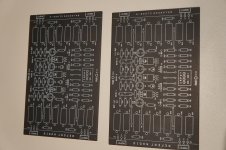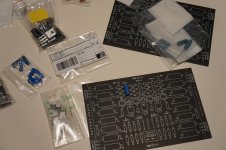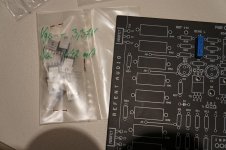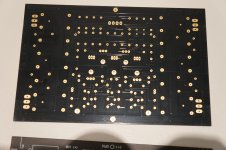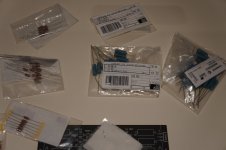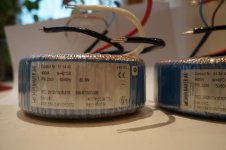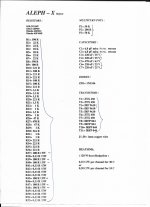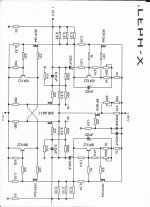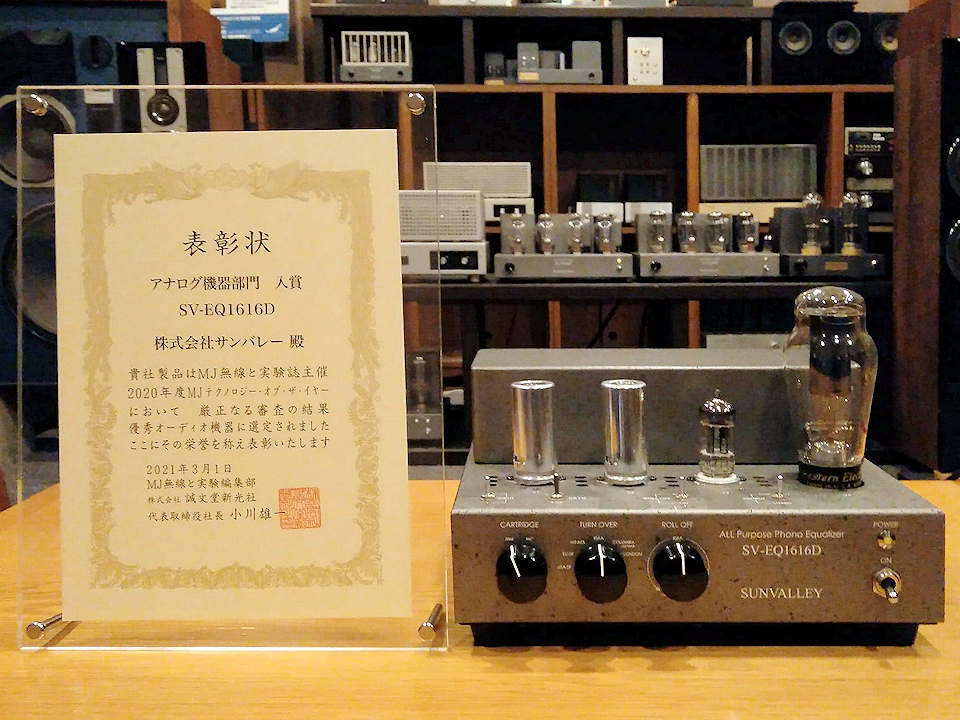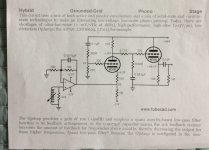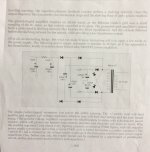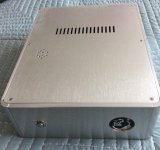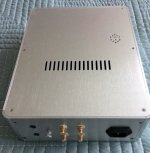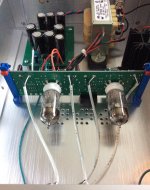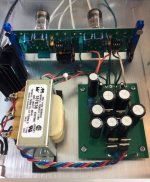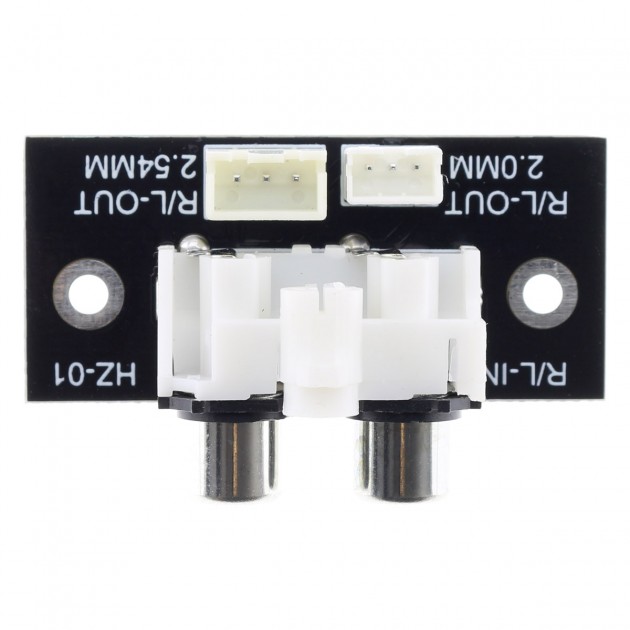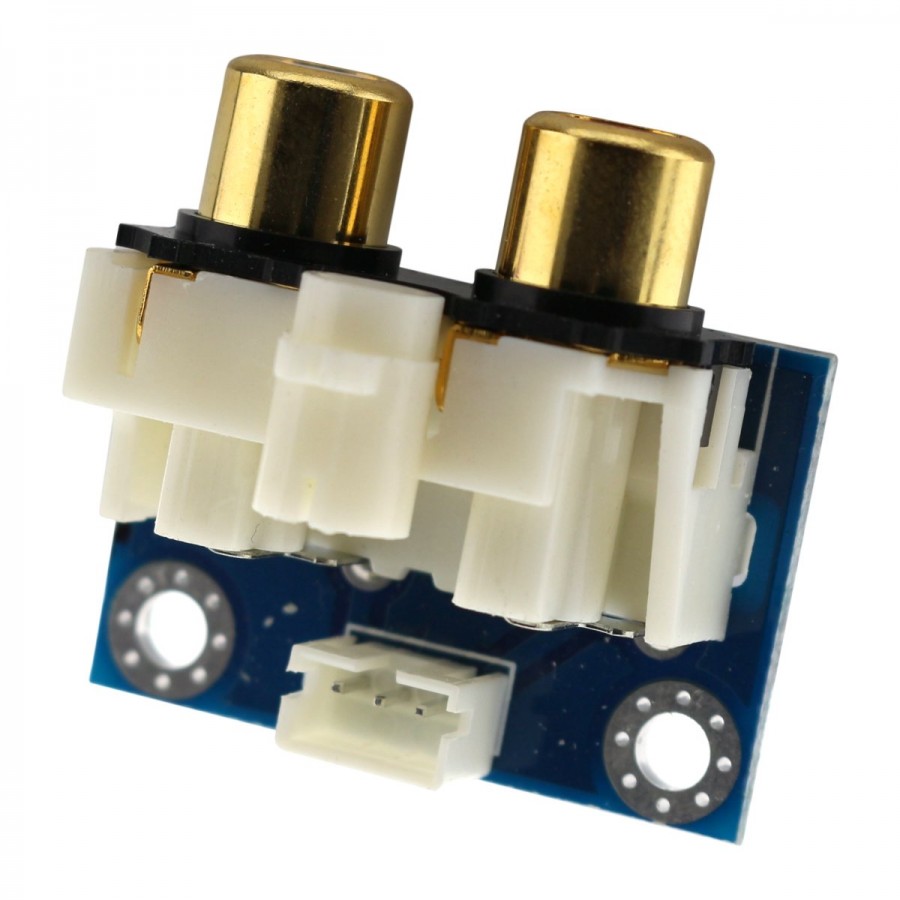Hi all, so I'm now in the process of repairing a Marantz CD94, such an awesome CD player, I never had seen one in real life yet, they are probably among the best built players ever. I wish I owned one 🙄
Owner says it worked before but has stopped working, only reading very rarely a CD and not from the start.
Initial tests confirmed that player would be repairable (at least laser and all important parts of the CDM-1 tested ok so far - later I was able to confirm this - more on this follows).
Problem: when player is switched on, the swing arm does NOT come to innermost position, it stays in center balance position. If I put a CD, it tries to read it, but not from center, so no TOC, but from somewhere in middle and then the swing arm kind of "advances" randomy, trying to lock tracking, and most of times it gives up, sometimes it locks on one of outer tracks, trying to play.
I then confirmed via Service mode that there's a problem with the radial servo: it doesn't pass service position 0 and when I try to move the swing arm with the keys, it only goes to the outer extreme, it does NOT go to innermost extreme. Voltages are: 0,9V for the extreme that is working and 0V for the direction which is NOT working.
I then confirmed correct function of the swing arm by disconnecting connectors and applying safe low battery voltage directly to radial coil, it works fine, reversing polarity allows me to make it reach each extreme easily, it swings perfectly free also by hand.
So, I read into service manual and noticed a test they suggest to check if radial servo output stage works: inject a 10Hz sine wave with 3V amplitude into service points 30 and 31 (schematic is attached below), which correspond to the opamp +- inputs of the radial out stage. This should make the swing arm "wobble" in both directions like it does when tracking. So, I did this and surprise: it not only did this well, but after removing the voltage, swing arm went to innermost position and TOC was read almost instantly! I hit Play and it played, perfectly! Music sounding without any flaws, I tried track forward and backward, all working, without a hitch, over the whole disc! BUT!!! Once I stopped playback and switched player off and back on, it was again malfunctioning! I injected again the 10Hz signal and once again it was working! But would stop working after seconds of not being used, wasn't even needed to switch off. Later I noticed that it would often NOT be able to make it to work with injecting the sine wave.
So, this is is very odd. The bright side of it is that it proves that all important components, especially the CDM-1, are absolutely fine. But it clearly shows it has a problem in radial servo circuit. I searched through all relevant threads on this forum and the internet. Nothing really.
Any ideas? Thanks in advance.
I'm planning to follow all signals mentioned in service manual for the section (service points) with oscilloscope, but I'm not sure what to look for.
Before I forget: regarding measurements, the above has to be completed: I measured the voltage of radial out while the player was in "working state" and it confirmed what I already knew: it now had the correct 0,9 and -0,9V for each extreme of swing arm when in service position 0 and the keys would be pressed (and yes, it moved to each extreme, obviously).
I also confirmed that all Power supply lines are correct. And that opamps of radial output stage get both supply voltages.
Any ideas would be great.
Some ideas I have regarding what it could be:
- the fact that injecting the voltage would change something, means that the problem probably lies close and directly connected to these points in the circuit, no?
- I suspected of a defective cap, which would be "charged" by this injection, so I changed the only cap directly connected to these points (C233), no change.
- I'm thinking about measuring around 4053. What's bad is that this particular player has this part of the circuit on a small piggy board with SMT components, making more difficult. This board actually shows some signs of oxidation/corrosion, so maybe bad soldering, defective components?
- I'm also thinking about checking the push-pull transistors in radial out stage.
- Maybe some passive component failed in radial out stage, not polarizing correctly towards one of the rails, making opamps not swing in that direction?
Just a few more info from a few tests I did: while the player is in non-working state, if I disconnect radial servo connector from CDM-1 preamp board and also the radial error signal disconnected, I can measure in service mode 0 +12V for the working extreme and on the other direction it makes the voltage slowly go down until it reaches zero. I guess it should go to -12V, right? Radial error signals from CDM-1 preamp board are fine, btw.
